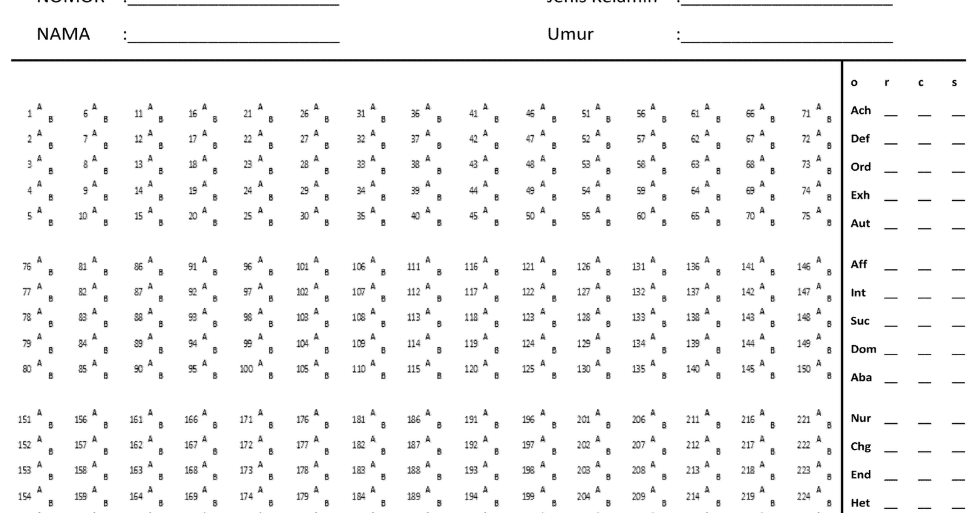

Fill to a final volume of 1L with dH 2O and sterilize by filter or autoclave.
#Tips tes epps pdf#
A table is available for you to use in the Bis-Tris PDF protocol. Adjust to desired pH using concentrated hydrochloric acid.

To prepare 1 liter of 1M Bis-Tris buffer stock solution, dissolve 209.24 g of The pH range of this buffer is 5.8 to 7.2. You can use this buffer to resist pH changes in experiments where pressure is being varied, in gel electrophoresis experiments, and during anion exchange chromatography and NMR. Our user guide or our short article to help determine what is most appropriate.īis-Tris is a member of the Bis(2-hydroxyethyl)amine family of buffers. Last, but not least, check that the temperature you plan to use in your experiment works with your buffer of choice because temperature can alter the buffering capacity of your buffer.įor more information on choosing the right buffer for your experiment, refer to You should also ensure that the buffer you decide to use is not capable of producing unwanted reactions in your experiment. Buffer toxicity is important because some buffers can be toxic to the cells you are working with, so if you are unsure about toxicity you can test the buffer out on your cells before you use it in your experiment. The more of the pH-altering component that you plan to use, the higher the buffer concentration you will need. The concentration of your buffer must be sufficient to account for the amount of acid or base you plan to use in your experiment.


The pKa value should be within one unit of your desired pH.Īdditionally, you must take into consideration concentration, buffer toxicity, temperature, and reactivity. You can determine if they coincide by looking at the pH range of the buffer or by actually comparing the pKa of your buffer to the pH you intend to keep your experiment at. First and foremost, the pH range of the agents you plan to use in your experiment needs to coincide with the pH range of the buffer you choose. When choosing a buffer, it is important to take into consideration each buffer’s advantages and disadvantages.
#Tips tes epps how to#
In this article, I will briefly discuss some important factors to take into consideration when choosing your buffer and then discuss how to prepare the most commonly used buffers in life science. Moreover, the most important synthesis mechanisms and key parameters of the methodologies under review are discussed.Many biological experiments require the use of buffers to maintain an effective pH, which is important since proteins and enzymes are sensitive to changes in pH, and choosing the right buffer for current and downstream experiments is critical. In this work, a classification scheme is proposed for recently reported synthetic methodologies. Chemical methods use surfactants or polymers as reducing or stabilizing agents, while green chemical methods use eco-friendly reactants. Both approaches can be subclassified in chemical and green chemical methods. Anisotropic AuNPs can be produced through two synthetic routes: seed and seedless based methodologies. The pursuit of novel synthetic methodologies has become a current trend, in which the reaction parameters and the final AuNPs morphologies ( e.g., nanoplates, nanorods, and branched) are constantly being optimized. This has attracted considerable attention of the scientific community in the last two decades. Anisotropic gold nanoparticles (AuNPs) have very important and unique applications in a wide range of fields, including optical sensing, biomedicine, and chemical catalysis, among others.


 0 kommentar(er)
0 kommentar(er)
